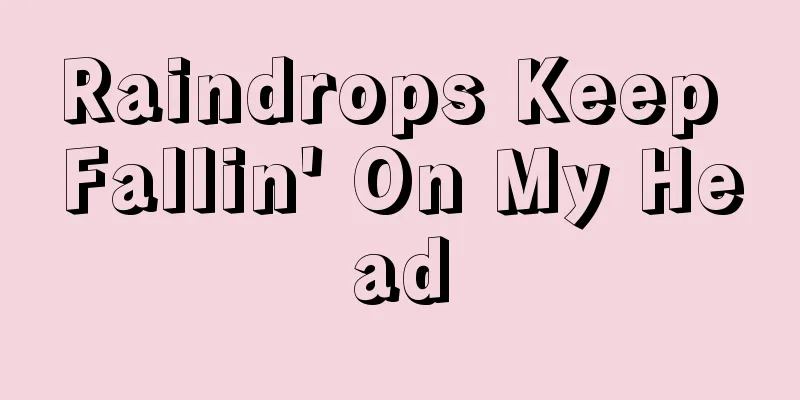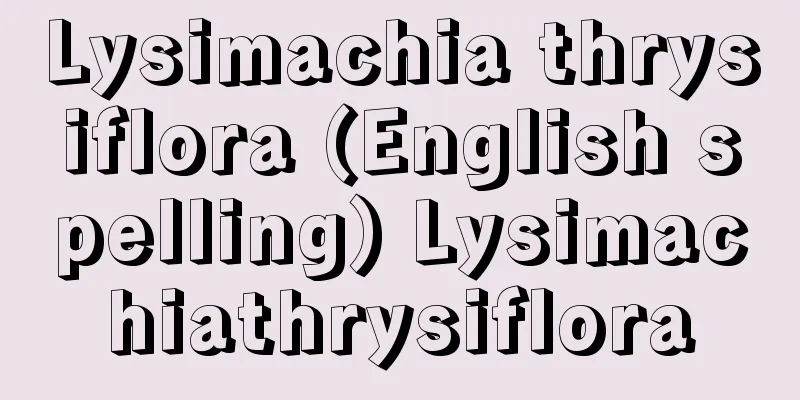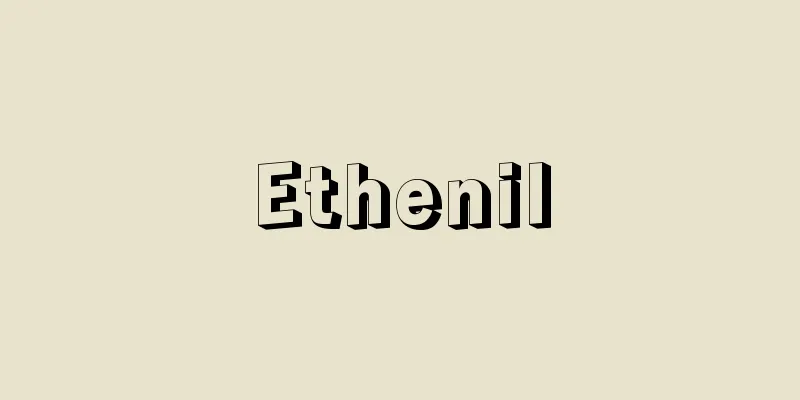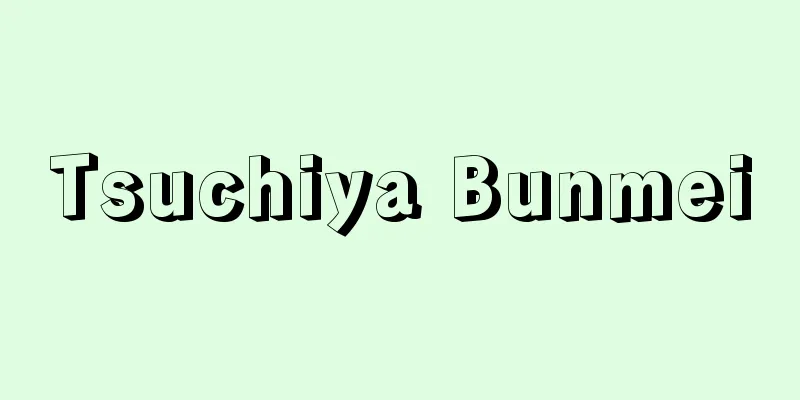Root

[1] [noun] [one] A basic organ of higher plants. It is usually found underground and its main function is to support the plant body and absorb water and nutrients. It generally has a root cap and root hairs at the tip. In addition to the usual functions, there are modified roots such as water roots, aerial roots, respiratory roots, assimilation roots, and parasitic roots. *Kojiki (712), Vol. 2, Song: "The muddy bamboo is muddy enough, the muddy tree is muddy enough to vine " *Gosen (around 951-953), Koi 4, Hachishi 4: "Even the lady's mantle, which has no branches and is cut by people, is left for me to plant (Hei no Kiyo)" [two] The root that forms the foundation of something and gives it its shape. Root. Attachment. ① The lower part of something that grows. The part from which hair, teeth, etc. grow. ※Man'yoshu (late 8th century) 4.562 "Perhaps she is a sister who has no time to mischievously tug at people's brows, but who never comes to terms with them ." ※Akira (1911)〈Tamura Toshiko〉7 "The roots of my hair hurt so much I can't stand it." ② The part of something that stands and touches the ground. The base. The hem. ※Shoki (720) Kamiyo no Kami ( Kanekata Honkun) " For example, the roots of snow floating on the sea have no anchorage. " ※ Shinkeiruikefuchi (around 1869)〈Sanyutei Encho〉51 "Because there is gold buried in the base of the water basin . " ③ The place where hair is tied up. Return. ※Sakehon Yuko Houdan (1770) Origin: "Your hair has flown off. Please raise your head another five times and pull the tip of your brush smoothly." ④ Arrow. ※Kyōkaku Shiyōshō - Kakitsu 4th year (1444), January 6th: "Three arrows, one root." ⑤ The hard part inside a boil or swelling. ※Shōjūki - Chogen 5th year (1032), December 25th: "The pain is about three minutes, and there is a white substance at the base. The root has not yet come out." ※Shiji Sho (1477), 14: "The root of the swelling is spreading further." ⑥ In fishing or fishing, it refers to obstacles such as reefs at the bottom of the water. ※Kashunroku (around 1743) vol. 1: "The original reading of the character 'Root' is that all fish live in the shade of the reefs, and the roots of fish are called the hearts." ⑦ Underground. → Root country. ※ Chronicles (720) Kamiyo-jo (Kanekata Honkun) " Suddenly he said that it was appropriate to the land of the bottom roots ." [3] The true nature hidden behind the surface. Also, the cause that led to the result. ① The beginning of something. Origin. Source. Foundation. Cause. Basis. ※ Genji ( around 1001-14) Beniume "Though they are the same name for a flower, it is pitiful that plum trees were born." ※ Ukiyo-zoshi, Nihon Eitaigura (1688) 6 "The aspirations of a merchant are like those of a person who holds back his roots and grows thick and cloudy." ② True nature. Born. Also, the foundation of the heart. Character. ※Igaeru Sho (around 1362-64) 6: "I will not repent, so that my heart will not be taken." ※Kakushihon Hasshonin (1820-49) 4: "Everyone is a lowly person at heart." ③ Something that is lingering in one 's heart and remains for a long time. A lingering memory. Also, a grudge. ※Sakehon Godairiki (1802) Origin: "Lord Sangobei held that matter in deep resentment." [2] 〘Suffix〙 (attached to nouns) ① Adds the meaning of growing or standing on the ground. "Rock," "Hedge," "Tree," "Grass," etc. ② Adjusts the tone of the speech. " Pestle, " "Island," etc.Kon [root]Source: The Selected Edition of the Japanese Language Dictionary About the Selected Edition of the Japanese Language Dictionary Information |
[1] 〘名〙[一] 高等植物の基本的な器官の一つ。普通は地中にあって、植物体の支持および、水と栄養分の吸収を主な機能とする。一般に先端に根冠と根毛を持つ。通常の働きをするもののほか、水根、気根、呼吸根、同化根、寄生根などの変態根がある。※古事記(712)下・歌謡「竹の泥(ネ)の 泥(ネ)足る宮 木の泥(ネ)の 泥(ネ)蔓ふ宮」※後撰(951‐953頃)恋四・八四四「枝もなく人に折らるる女郎花ねをだに残せ植ゑし我がため〈平希世〉」[二] 物の基礎となり、それを形づくる根本となる部分。ねもと。つけね。① 生えているものの下部。毛、歯などの生えているもとの部分。※万葉(8C後)四・五六二「いとま無く人の眉(まよ)根(ね)をいたづらに掻かしめつつもあはぬ妹かも」※あきらめ(1911)〈田村俊子〉七「頭髪の根が痛くって仕様がないよ」② 立っているものが、地に接する部分。ふもと。すそ。※書紀(720)神代上(兼方本訓)「譬ば海(うな)の上(うへ)に浮(うか)べる雪の根(ネ)係所(かかること)無(な)きが猶し」※真景累ケ淵(1869頃)〈三遊亭円朝〉五一「手水鉢(てうづばち)の根に金が埋めて有るから」③ 髪を束ねて結ぶところ。もとどり。※洒落本・遊子方言(1770)発端「髪がとんだやぼた。どうぞもう五ぶほど、ねをあげて、はけさきを、すっと、ひっこきとしたい」④ やじり。※経覚私要鈔‐嘉吉四年(1444)一月六日「矢三腰、同根一腰」⑤ できもの、はれものなどの内部の固い部分。※小右記‐長元五年(1032)一二月二五日「所労熱物口三分許、基底有二白物一云々。根未レ出」※史記抄(1477)一四「腫の根が益ひろごりて」⑥ 釣りや漁業で、水底にある岩礁などの障害物をいう。※河羨録(1743頃か)上「根の字もと訓、総て魚は瑰石の陰に宿す、魚の根と云心と云り」⑦ 地下。→根国(ねのくに)。※書紀(720)神代上(兼方本訓)「急(すみや)かに底(そこつ)根(ネ)の国に適(い)ねといひて」[三] 裏面にかくされた本性。また、その結果を誘引した原因。① ことの起こり。起源。もと。根本。原因。根拠。ねもと。※源氏(1001‐14頃)紅梅「同じ花の名なれど、梅は生ひ出でけむねこそ哀なれ」※浮世草子・日本永代蔵(1688)六「商の心ざしは、根をおさめてふとくもつ事かんようなり」② 本性。生まれつき。また、心の根本。性根。※井蛙抄(1362‐64頃)六「おのがねの心おとりせられまゐらせじとて、げざんはし候はぬぞ」※滑稽本・八笑人(1820‐49)四「みんな根が下主(げす)でございますから」③ 心中にわだかまって、あとまで残るもの。名残り。未練。また、遺恨。※洒落本・五大力(1802)発端「三五兵衛様が其事を根(ネ)に思って居て」[2] 〘接尾〙 (名詞に付く)① 生えている意、地上に立っている意などを添える。「岩ね」「垣ね」「木ね」「草ね」など。② 語調を整える。「杵(き)ね」「島ね」など。
こん【根】出典 精選版 日本国語大辞典精選版 日本国語大辞典について 情報 |
>>: Kovalevskii, Osip Mikhailovich; Jósef Kowalewski
Recommend
Ebara Corporation
A machinery manufacturer. Founded in 1912 as Inoku...
Wadsworth, EA (English spelling) WadsworthEA
…The name “Bauticism” was coined by the poet E. P...
Jerusalem
A city that straddles the West Bank of Israel and ...
Monte Cristo [island] - Monte Cristo
An island in the Tuscan Archipelago, in the Tyrrhe...
Administrative Management Bureau
…It was established in July 1948 as the Administr...
Nam Cao (English spelling)
1917‐51 Vietnamese novelist. His real name was Tra...
Kuramae Need - Kuramae Need
〘Noun〙 In the Edo period, Takakakarimono (high-ran...
Kerr effect
A type of interaction between an electromagnetic ...
Chemical grouting method (English: Chemical grouting)
A construction method in which chemicals such as w...
English primrose (English spelling)
…It is cultivated for flower beds or as a potted ...
Potassium Bromate - Potassium Bromate
KBrO 3 (167.00). Potassium hydroxide and bromine ...
Air pressure gauge - Air pressure gauge
…Elastic materials include brass, phosphor bronze...
Leopold von Ranke
German historian. Born in the Thuringian provinci...
Atomaru Geta - Atomaru Geta
...Geta with a hollowed out sole are called koppo...
Seeliger, Hugo von
Born: September 23, 1849 in Biala, Silesia Died De...









